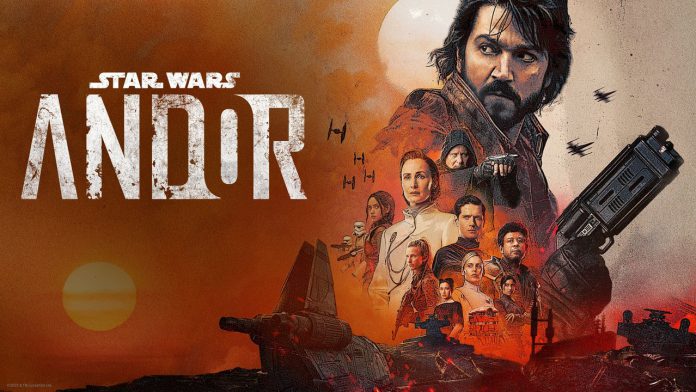This review contains spoilers for Andor.
Is Andor the best television show this year? Seems like a question that, on the face of it and if you’ve been consuming media about it, is easily answered. This is then the part where I, the knowing writer, go “Aha! There is something better out there, you fool!” And arguably, there was; if someone put a gun to my head and told me a swift death was coming if I lied about what I thought the best show of the year was, I’d say The Bear on FX, which also had Ebon Moss-Bachrach as a supporting character. But if you told me, with said gun to my head, to tell you what was the most inspiring, surprising, and breathtaking show of the year relative to expectations and budget, I would reply that it was Andor. Frankly, it wouldn’t be particularly close.

Some of that is because of how Obi-Wan Kenobi and The Book of Boba Fett were received. To be clear, they were received in the spirit in which they were designed: as pabulum. Disney sent two Star Wars television shows out to die at the beginning of this year, and whatever was going on with the cartoons didn’t precisely save the massive disappointment both were, even with the backend treats both shows tried to drop for long time fans. Long time fans didn’t matter! Long time fans were already watching. Andor needed to be something else.
Before we get to the show, it’s worth remembering that in addition to the Kenobi and Fett miniseries, there was another bold entry into the Star Wars canon this year. Disney scrubbed most of the initial product launch of their Galactic Starcruiser 2-Night Adventure from the internet after the disaster, but you can still find clips of the way the company first presented the product here, for example. The selling point of this fantasy resort hotel retreat was, apparently and wholly believably, that you would spend your time hunting down a fugitive slave from a subaltern species and turn them in to be dealt with by Imperial stormtroopers. Disney was forced to change the advertising for this campaign pretty much immediately — but while they were doing that, Andor was finishing up production.

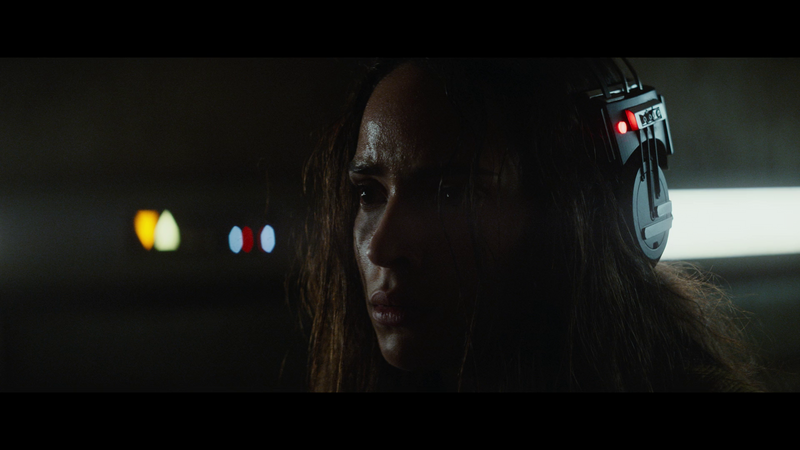
Andor isn’t a resort where you can pretend to arrest Wookies to better feel like a fascist. It’s a really simple television show, kept to a tight 12 installments. It’s a street-level crime drama for three episodes, then it’s a grim heist for three episodes, then it’s a prison break for four episodes, and then it’s that street-level crime drama boiling over into a blow-out riot for the last two episodes. That is actually simplicity: you do one thing, then a second thing, then a third thing, then you tie it up and off with the finale that touches on all of what came before. The first arc of the show has flashbacks, but that’s forgivable, both because they’re useful in establishing relationships that will pay off later and also because they stop after the third episode. Tony Gilroy, the showrunner and mastermind of the whole enterprise, said that the writer’s room met for five days to plan the show’s first season. You can track the room’s efficiency by how the arcs work: everything is in its place. Even the directorial duties are broken down into arcs. What Andor proves again in an age of weirdly bad Disney+ shows is that everything is downstream from production. That includes aesthetics! When the final scene of the show was filmed — it was one of the first filmed — they had the actual musicians there in the Ferrix city-set, playing the dirge. You have to do the thing for real if you want to feel it, this show says. You can’t just make it; you have to make it.
There are so many interviews that describe the way that Andor was made. If you want to do a deep dive, you can find out about how much physical work was put into the sets and the scenes, and how the biggest setpieces of the show were shot in motion and in whole, with even the music that had to play during the finale and climax of the program done on set in order to both sell the acoustics and help the actors buy in as smoothly as possible to the horrifying things that would be eventually happening on screen. Those set piece scenes almost all happen on the ten block backlot set that Ferrix comprises — but as moving as they are, they’re not the scenes that give the best insight into the characters of the show or tell you directly how the Star Wars universe according to Tony Gilroy and his writers’ room works.
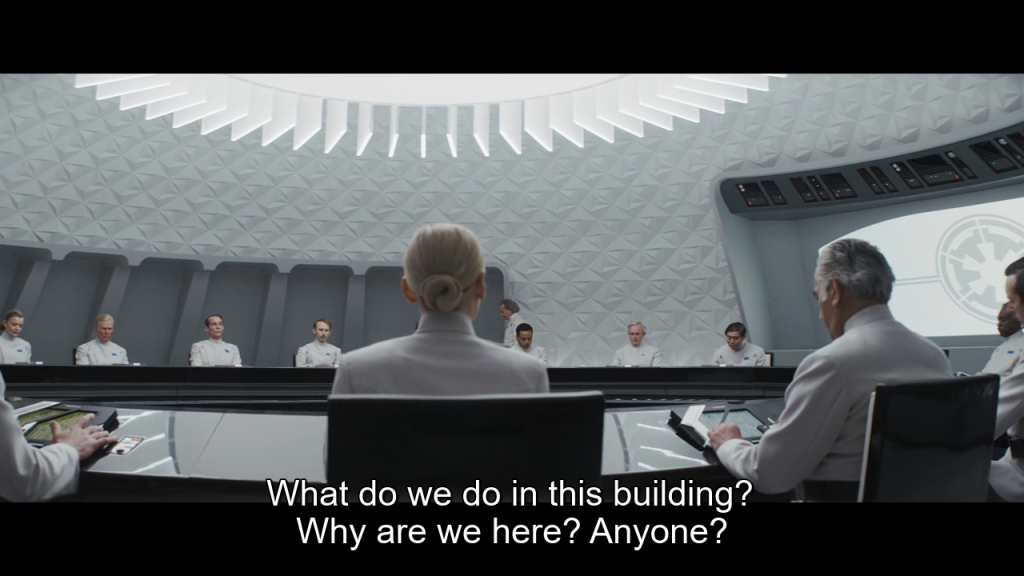
Those scenes involve the Imperials. The Empire is the most important structure in Andor and the people who have sold themselves to profit by its power are the most interesting cast members of the show. Syril Karn and Dedra Meero are Andor’s great movers; Cassian himself is a creative reactor. He actually starts the whole story off by stealing a plot-important gewgaw from some starbase, but we never see that; his theft is entirely offscreen, and we only see him disastrously try to cash it in. Those who act in the show are those who work for the Empire. We witness Meero’s climb across the middle episodes into a sickening crescendo as she destroys poor Bix — if you thought she was a girlboss to admire, you get a long examination of why you were both correct to think she was a girlboss and a fool to admire her in the final arc of the program. And Syril, well. The show is most concerned with realizing this hideous young man, so you can hate him more; a pathetic, high-test-score not-quite-dunce whose mother is graspingly middle-class, connected, and still lives in a five room apartment on Coruscant; who fails at everything he tries despite being smart enough to succeed, and bitterly knows it — his problem is he’s just a little geek. A little shithead nerd. But the thing about little shithead nerds is they care too much, and in the end, as the leading light of the Imperials, caring too much is what redeems him. Meero is repulsed by him all season, but by the season finale, a weird simp in the right place at the right time is the sort of Imperial who gets a good end. He’ll be captain of a Star Destroyer by this show’s finale.
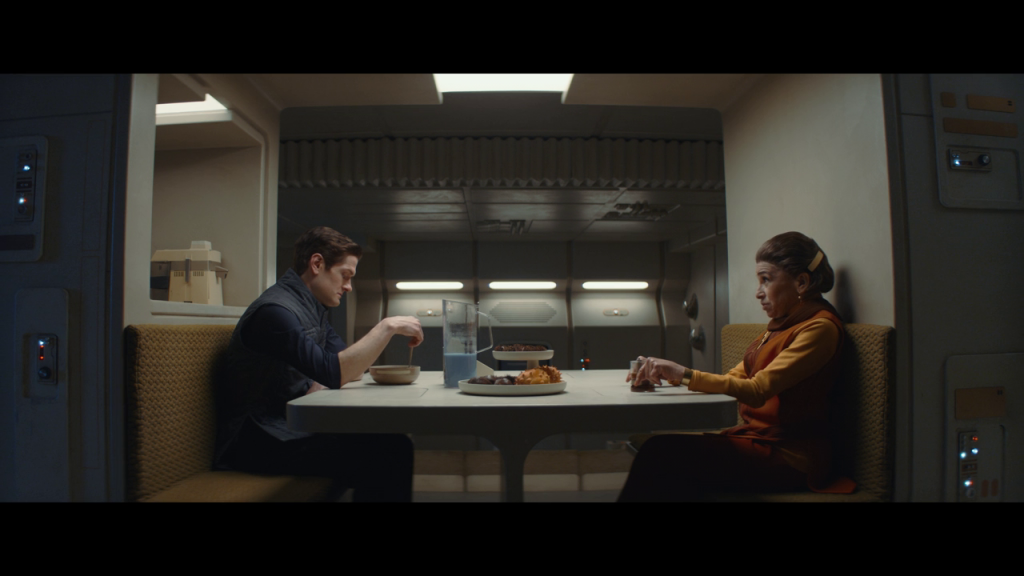
Andor is unflinching in its portrayal of the Galactic Empire, and therefore in many ways it is banal. Never to the point of boredom, of course, but as you are shown in the Ferrix, heist, and prison arcs how the institution works in the periphery, you are shown in the Coruscant throughlines how the institution works in the core. There are so many little, tedious things. There is so much of it that is just going to work. The spice in Mon Mothma and Dedra Meero’s lives are both that any stupid little thing they do could doom them entirely; for only one of them is this anything close to heroic. Because another important thing about life in the Empire is that while as Mon has learned you are bent by degrees to wield its sword, taking it up willingly is a moral choice. And moral choices can be bad, as Meero’s arc demonstrates — she girlbosses her way into a position of influence and power in the Imperial Security Bureau, prevailing over a smarmy mansplaining rival, and immediately uses her position to engage in torture and murder. That’s what she’s supposed to do! That’s her job. And she doesn’t perform any of those acts herself, of course. A canny administrator is also the sort of Imperial who gets a good end. Dedra and Syril are perfect for each other.
The rebels have less salutary outcomes, as you’d expect. Bix is broken once. Cassian is broken twice, but softer. Two horrifically traumatized lesbians survive past the passion of their relationship. Mon Mothma categorically and in sequence loses touch with everything she cares about, and continues living the husk of her life in order to serve her purpose. Everyone else who acts, dies. Stellen Skarsgård’s Luthen Rael lives for now because he only reacts. He flies places and talks to people — brilliantly in every case — but his presence in the show is entirely responsive commentary, even his approach to Cassian in the first arc of the series (where Andor and Bix do all the actual work while he stands around and talks) and his very fun but very shoehorned spacefighter spot at the end of the season (which only happens because he is literally interdicted). Rael is necessarily beside or outside of the action; he is part of the Empire and part of the Rebellion, and what that means is he is for the most part paralyzed: he can make introductions, he can talk to Mon Mothma charmingly, he can monologue and bicker and cajole and do that great scene where he puts on his hair, but he cannot directly act, lest he be destroyed. His great speech in the tenth episode is still a response to an aggravated Lonni; in the starfighter sequence, he is chased, and flees. He won’t live to see the Original Trilogy — he more or less says as much directly into the camera — but Rael is the model rebel in Andor’s first season. He manipulates without touching. His attendant/harbinger Kleya is an even more extreme realization of himself; she is, grimly, the future of the Rebellion.
It feels almost stupid to note that this is the smartest Star Wars has ever been. Of course it is. They let a master cook. They were so ashamed at how bad their previous output was that they let an august and respected name director in the reputational prime of his years do whatever he wanted to create a product that everyone involved actually, faithfully cared about. There is a reason Gilroy and company are filming the second season as we speak, as fast as they can; you won’t see even the chance for this show’s like again in this IP until they embarrass themselves for another eight years straight. The alignment of Gilroy, Skarsgård, Diego Luna (Cassian Andor), Adria Arjona (Bix Caleen), Fiona Shaw (Maarva Andor), Genevieve O’Reilly (Mon Mothma), Kyle Soller (Syril Karn), Kathryn Hunter (Eedy Karn), Denise Gough (Dedra Meero), all the rest of the actors in the series, all of the crew, all of the backend workers and the circumstances that let them achieve this thing — that alignment won’t be replicated again. You get this once. If fate is kind, executives don’t interfere too much and the second season is watchable. No Star Wars document will be allowed to create a world the way that Andor has until the corporate paymasters are desperate enough to let actual artists create art again to revitalize the property they jealously guard.
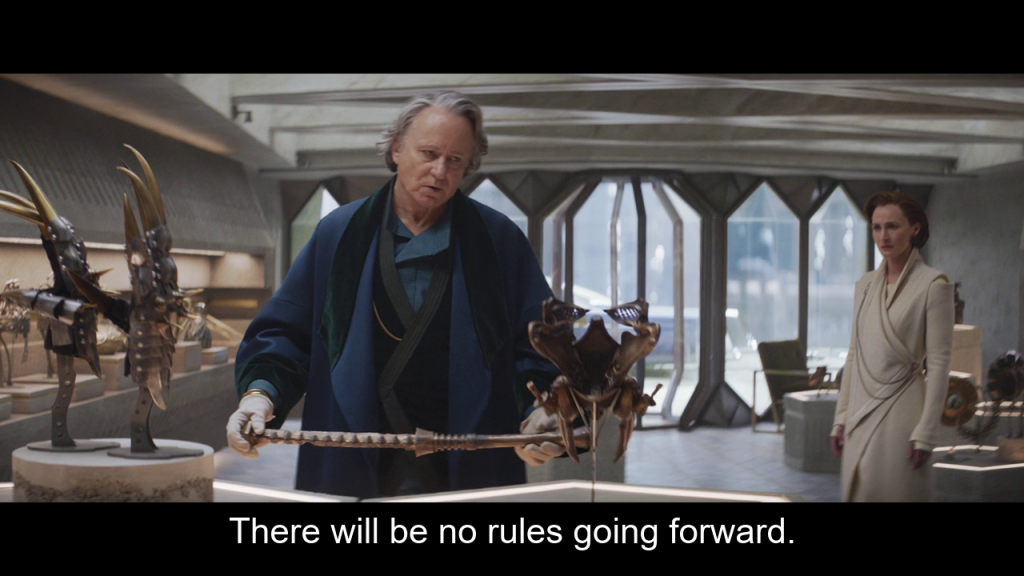
After Andor we get the next season of The Mandalorian and something called The Acolyte, which is about how the Sith were actually secretly responsible for the entire fall of the Republic, or something. Maybe they’ll be good. Likely they’ll make you wish you were getting more shows like Andor.
Have any questions or feedback? Drop us a note in the comments below or email us at contact@goonhammer.com.
